Following on from my last post about sheela-na-gigs I thought today I would look at the green man.
There are a number of similarities between the two figures in that no-one knows exactly what the green man symbolises nor why it is found so frequently in churches and other buildings. Its origins are also obscure but appear to be worldwide in various forms. As with the sheela there are many theories about what the green man represents but none of them really explain all of its instances with satisfaction. The most popular is that it represents renewal, rebirth, spring and fertility. Maybe it does, but we don’t know for certain. It is likely he is in fact a mixture of many ideas and myths. There is the wildman, Jack-in-the-Green and many localised traditions that all align with the green man so his appearance may represent different things to different people and we may tend to group them together because of their similarities. The term ‘green man’ is relatively modern, first coined by Lady Raglan in 1939 but now generally accepted as an umbrella term incorporating all instances of the leafy face.
He appears quite often in Yorkshire churches though not always in the same form. It is difficult to categorise him, though some have tried, because however you draw the boundaries there will always be figures that cross them.
One of the most well-known forms is that of the foliate head. The head and face of the figure are made up of leaves and other foliage. This face from the church porch in Barton-le-Street is a good example.
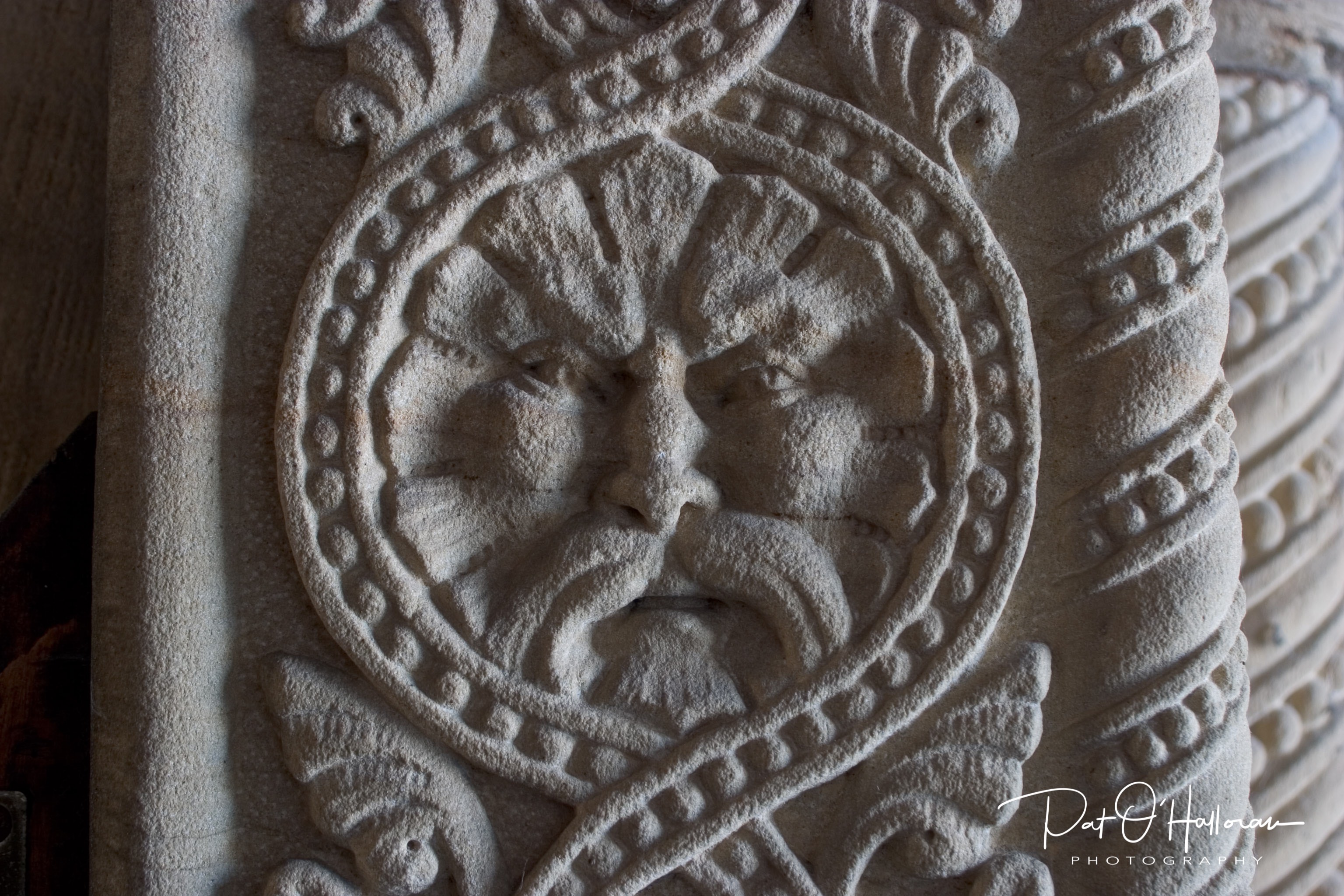
Here’s another from a roof boss in the church at Thirsk.
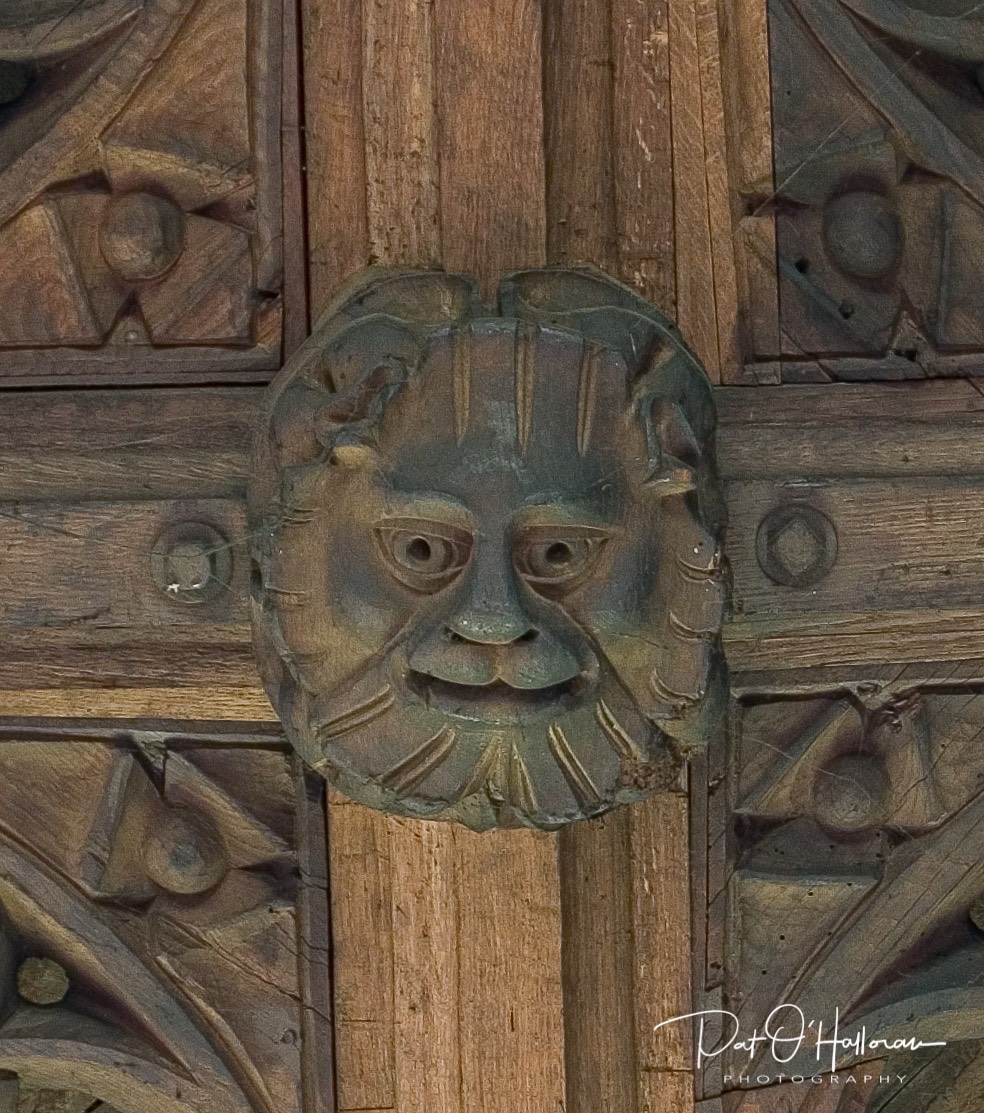
A third, smiley face, from Sherburn church.
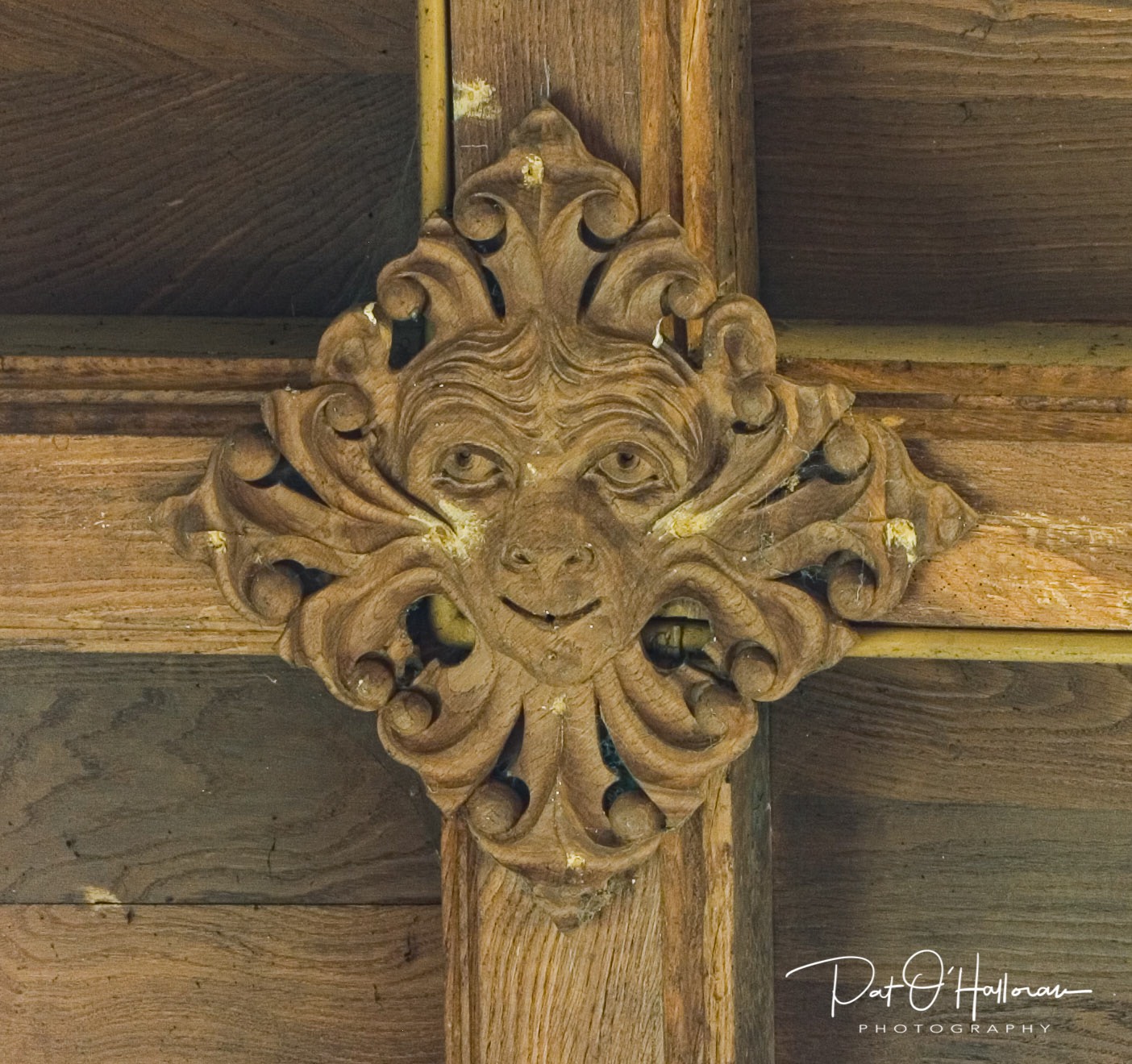
All of the faces are made up of foliage in similar ways. Some, however, are only part foliage like this one from Helmsley. It has leaves only down the side of its face and is relatively modern, probably Victorian.
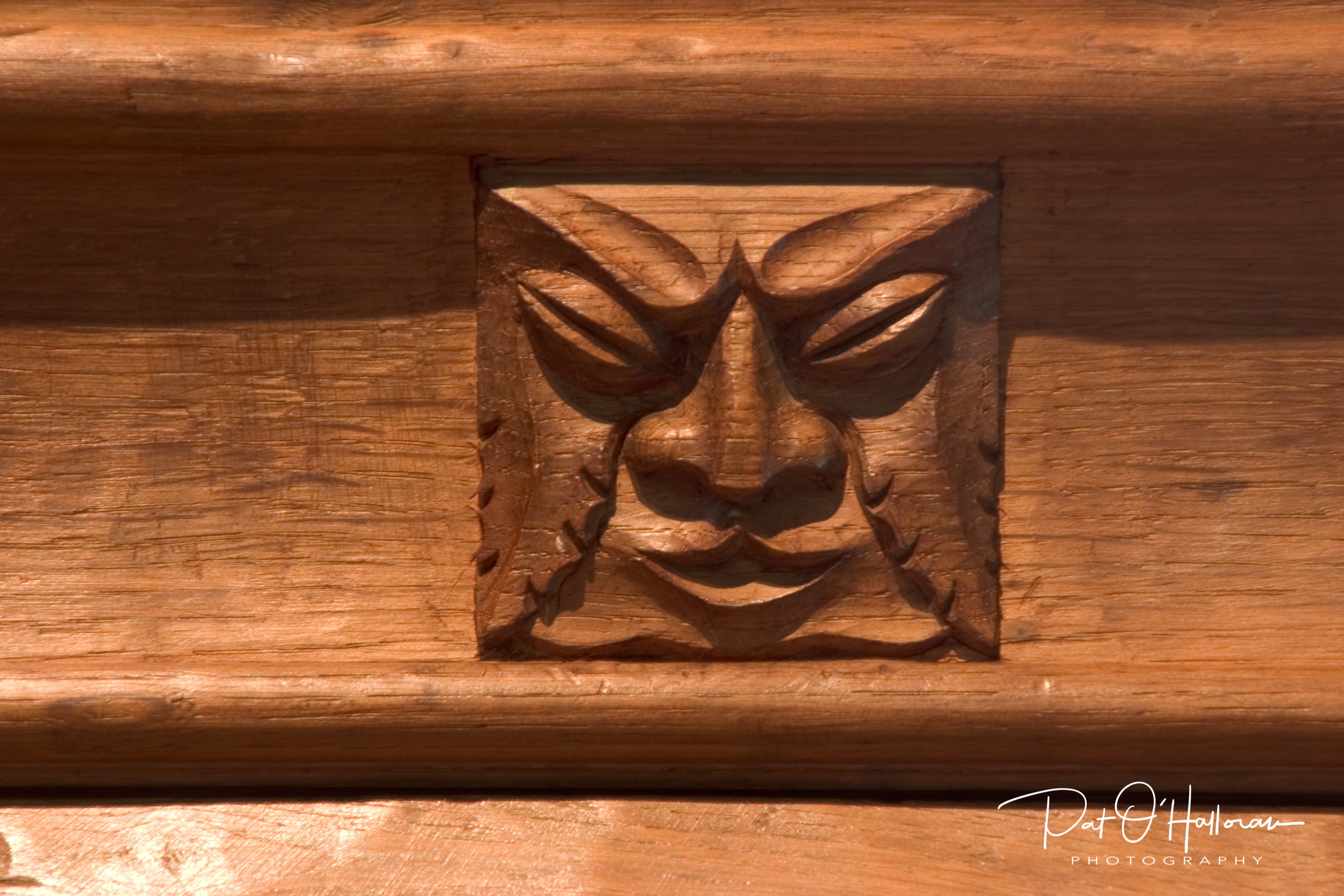
This form is not the most common, however. The type I’ve seen most of is known as the spewer, or disgorger, as it appears to be spewing foliage from its mouth, and often, nose, ears and eyes too. There are some quite early versions of this form of green man, such as this one from Hawnby church. The church has Norman origins and some of the stonework from that church still exists. This green man may well have been part of the early church.
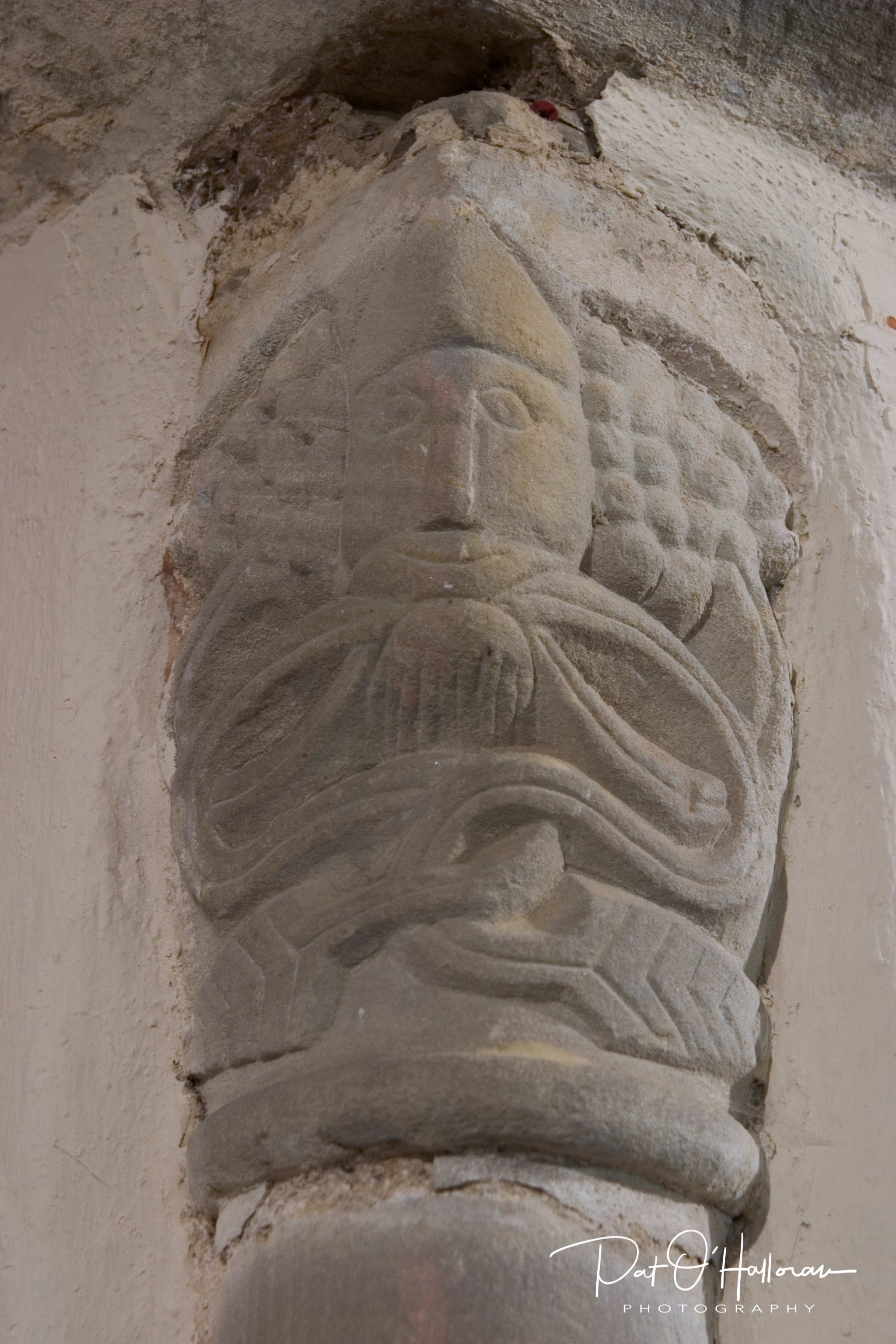
As stated above the disgorger is by far the most common form in Yorkshire as you will note from the further examples below. The first three are disgorgers from Barton.

It is not unusual to see animal heads as ‘green men’ too. This one appears to be a lion.
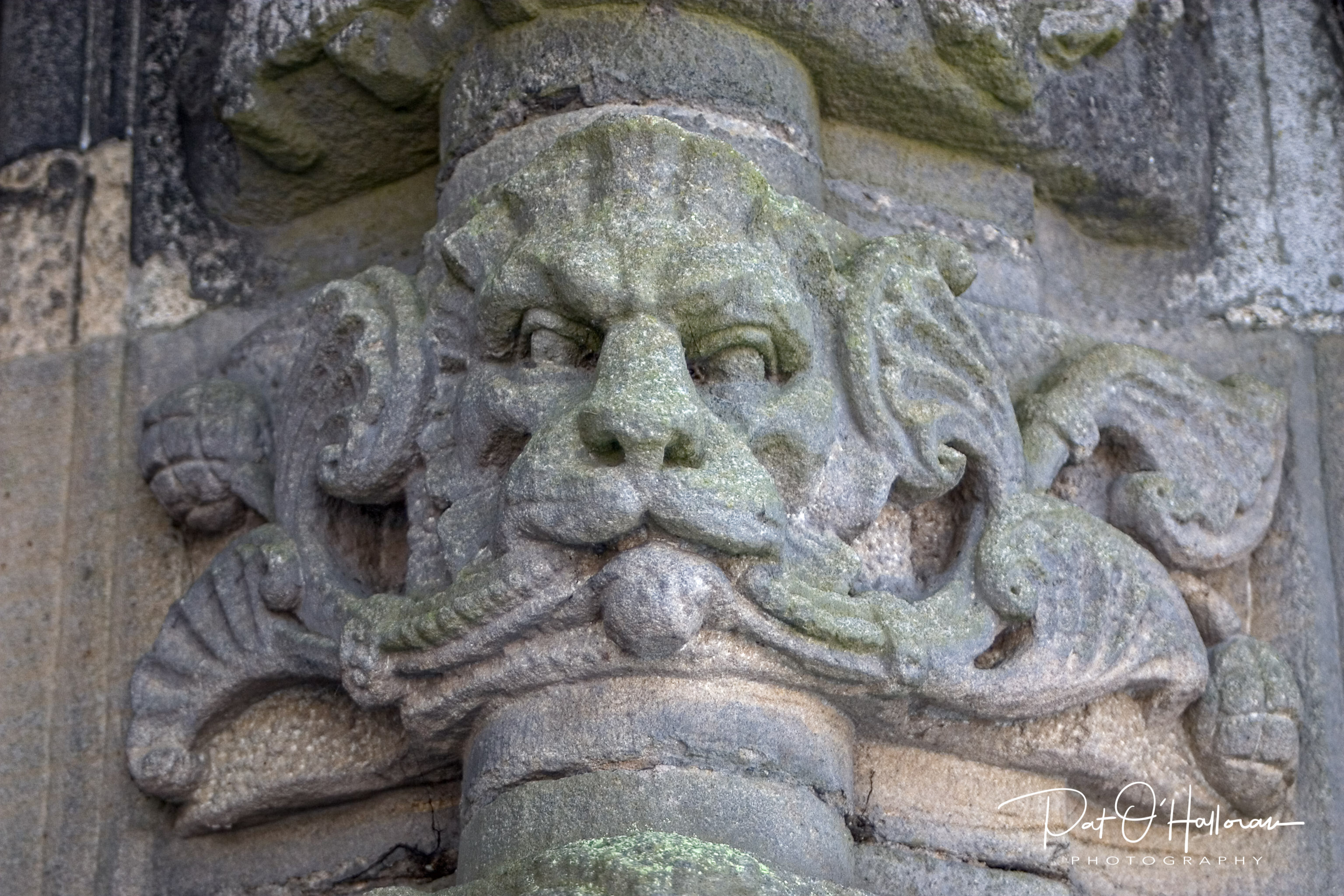
The third is known as a beakhead, a motif that appears quite often in Romanesque architecture, this one is disgorging.
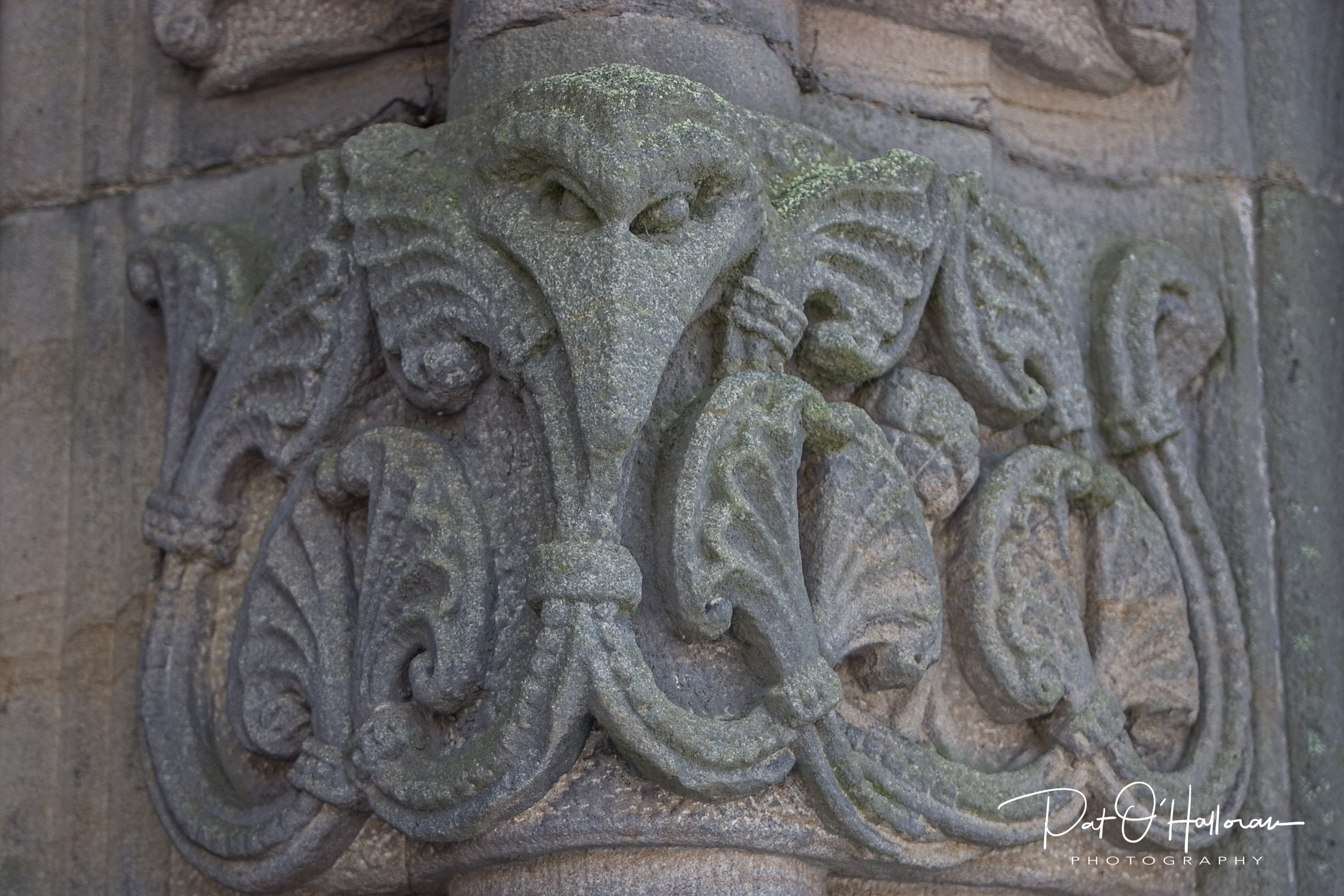
One of the most well known green men is the disgorger shown below. It is found on a window of Fountains Abbey in the Chapel of Nine Altars but probably didn’t originate there. It was this figure that set Kathleen Basford off on her trail of the likenesses in 1964 which culminated in what is regarded as the definite work on green men, The Green Man (see sources).

The green man takes many forms and appears in many differing locations. I have a large collection of images from around Great Britain. Some of the more interesting ones from Yorkshire are shown below.
We start with Beverley. Both the Minster and St Mary’s church have green men but it is the Minster that has the most I have ever seen in one building, there are just two of them shown here.
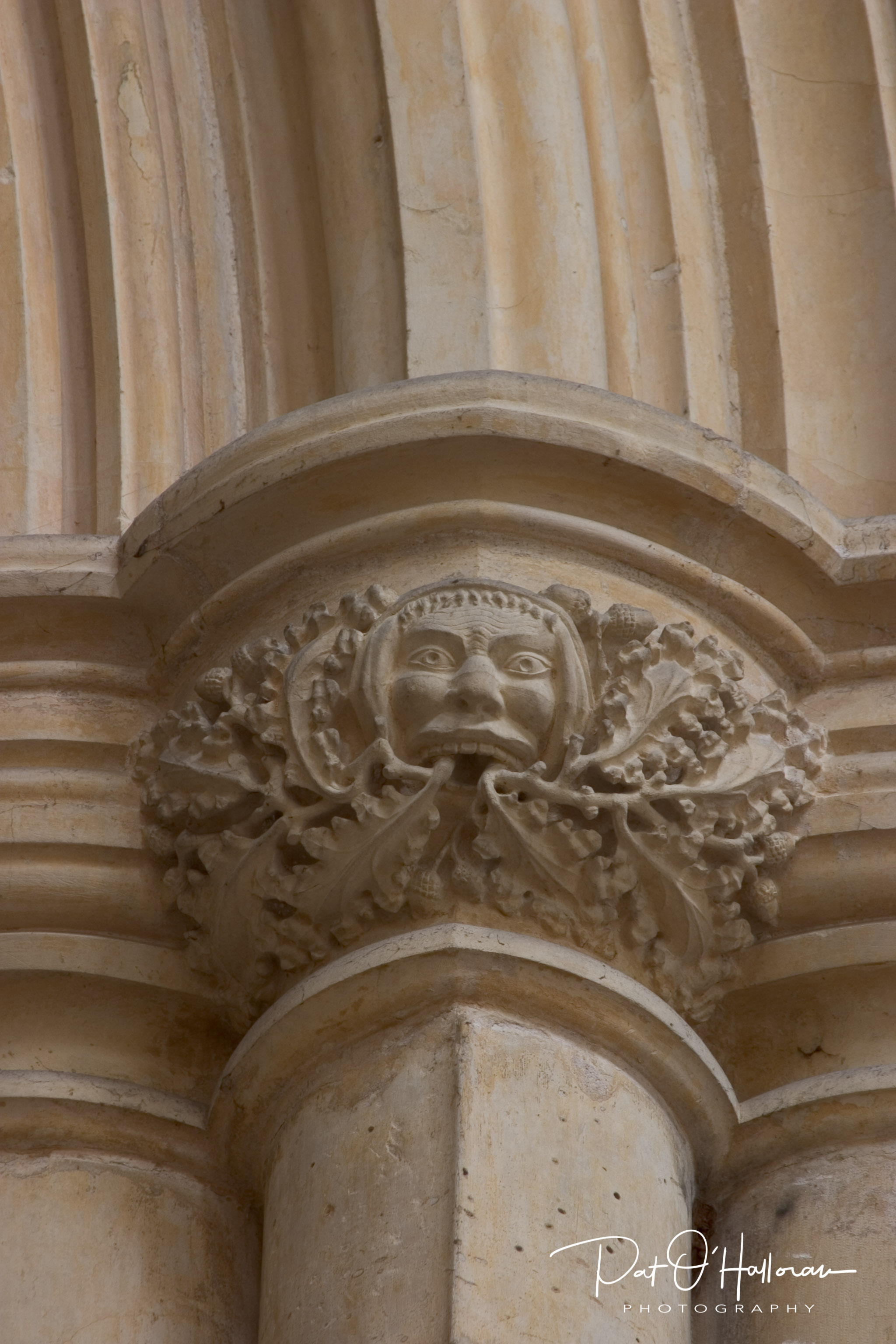

These two are from St Mary’s church.
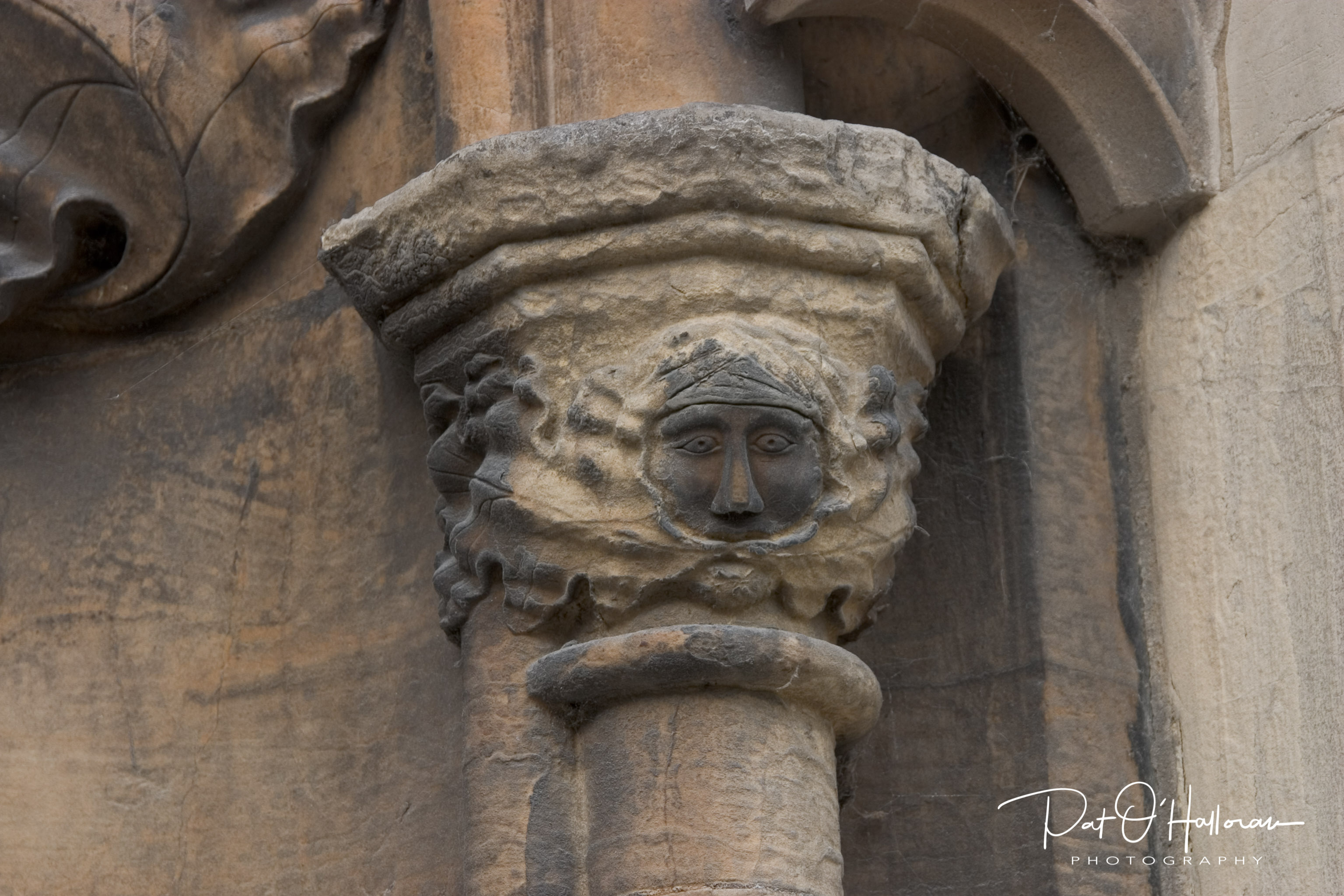
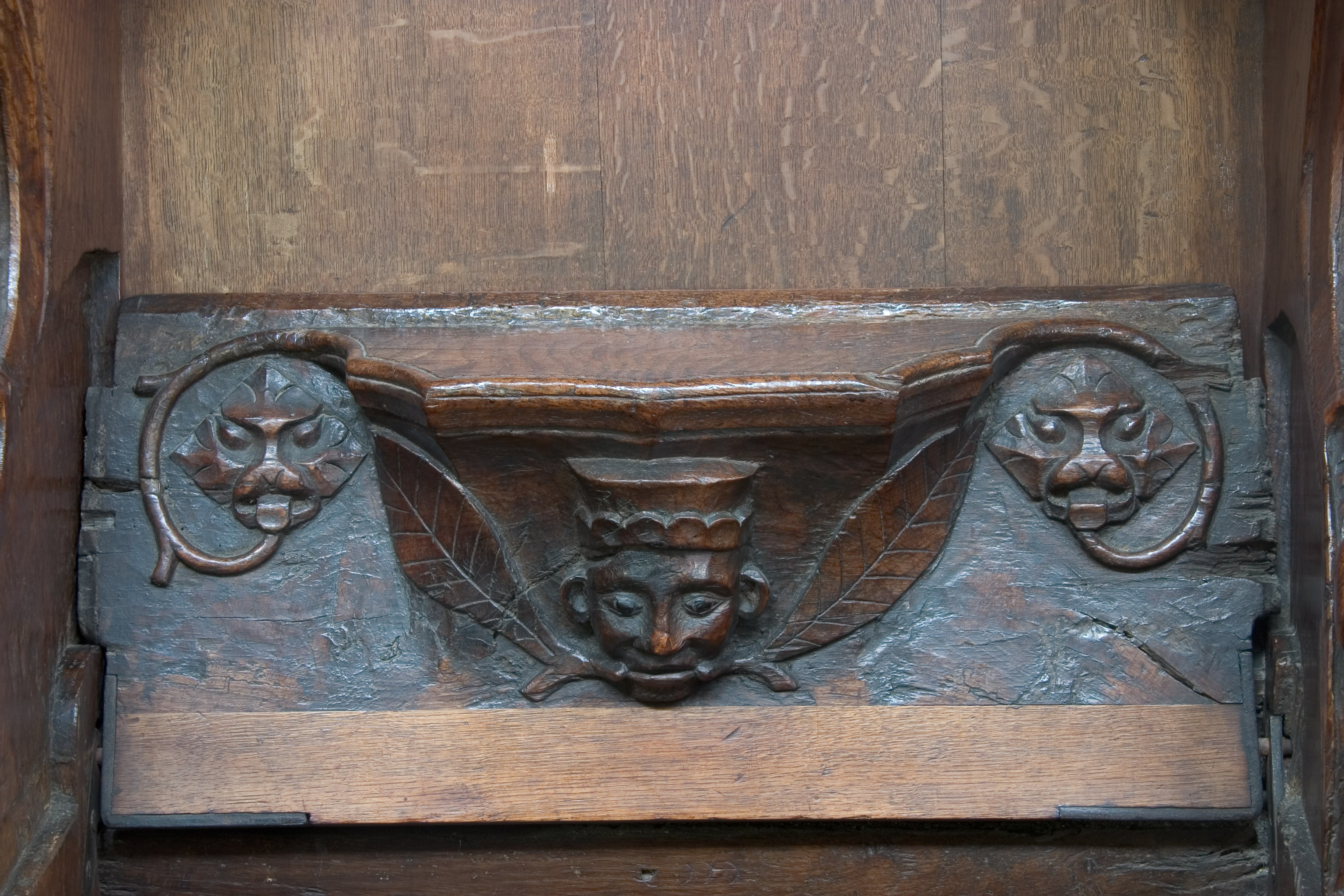
The next is from the font in Bedale church.
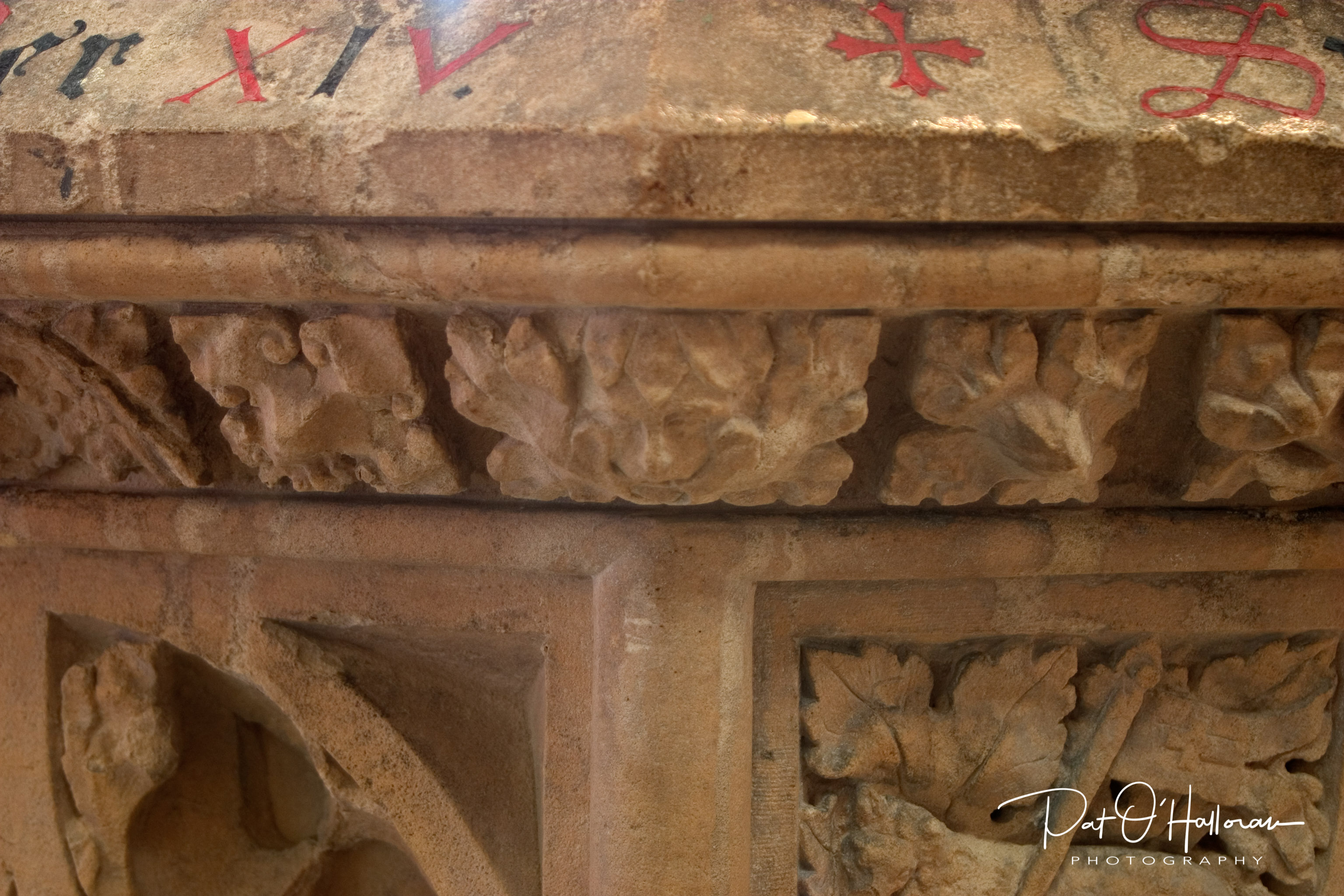
A particularly oriental looking painted figure looks down from Coxwold church
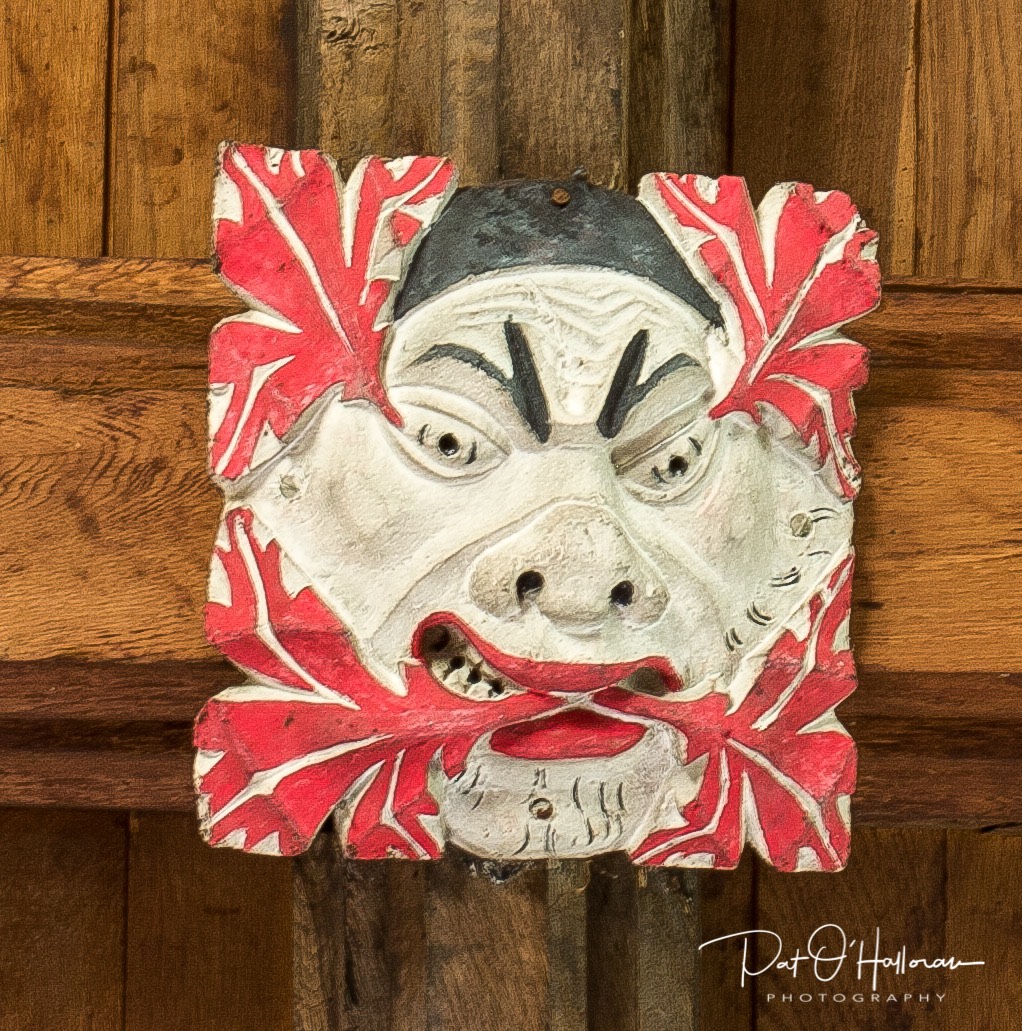
Another fine carving high in the roof is in Bridlington Priory church. He’s very difficult to see unless you know he’s there.

The wonderful church in Old Malton has two green men. The first is on a misericord and the second is hardly visible high up on the altar screen.
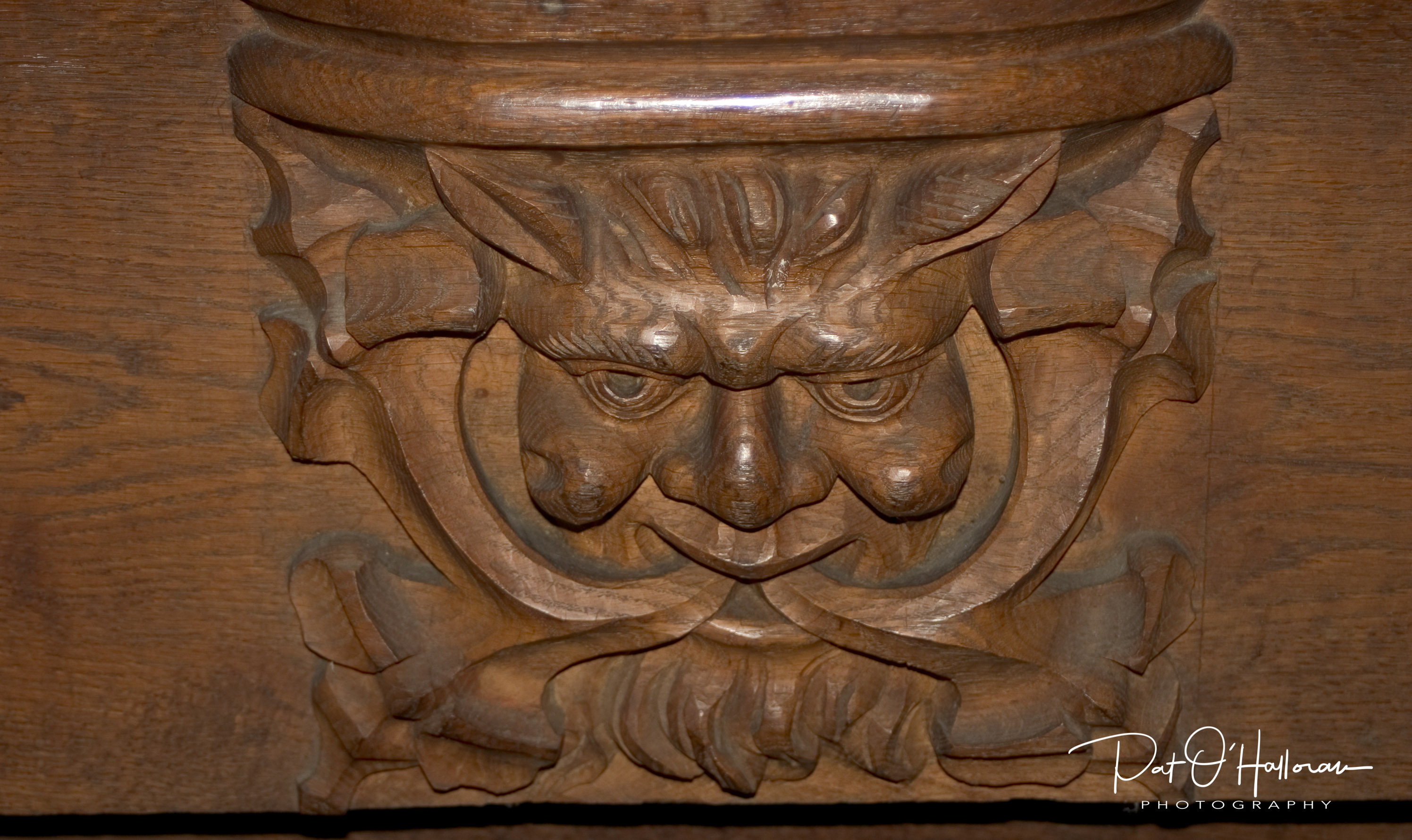

One of my favourite churches is the disused church at Wintringham. It is cared for by the Historic Churches Trust. This image is one of the misericord green men.
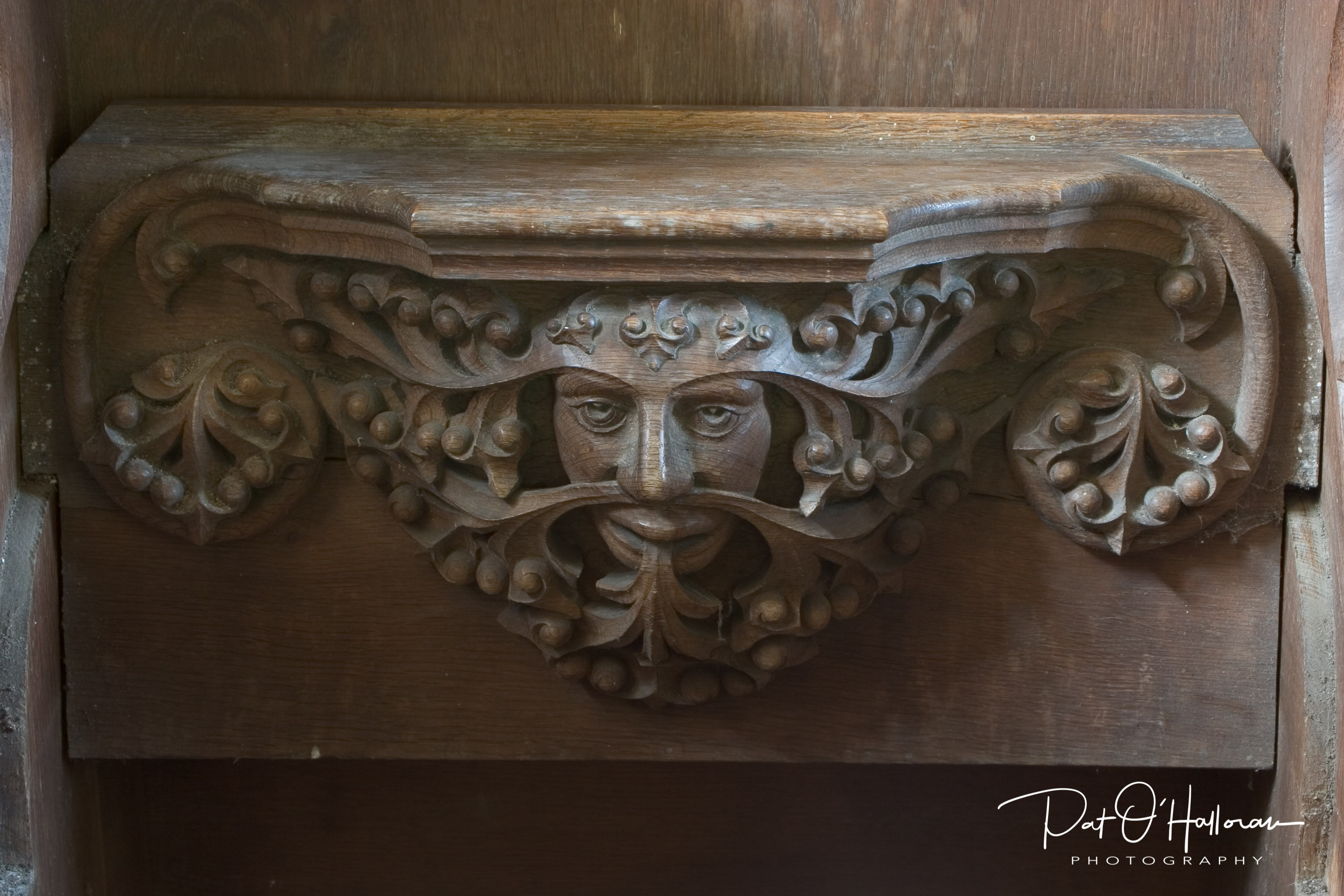
Not all green men are found in churches, this one is from the doorway of Askham Grange prison. It is of poor quality as it was taken on a very old mobile phone I used to own.
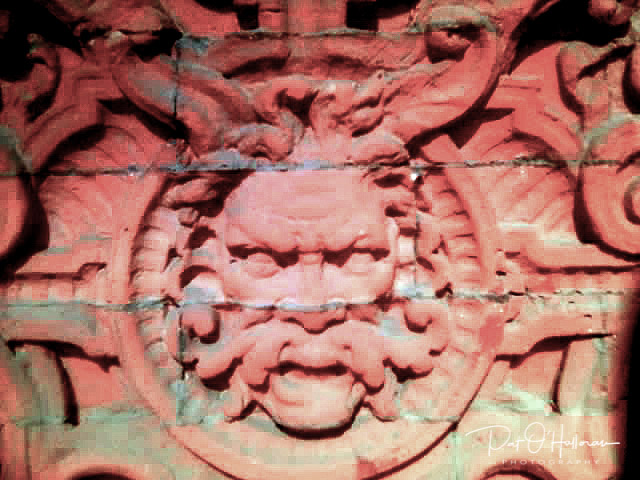
This final image is from inside Duncombe Park stately home, but is another poor photograph.
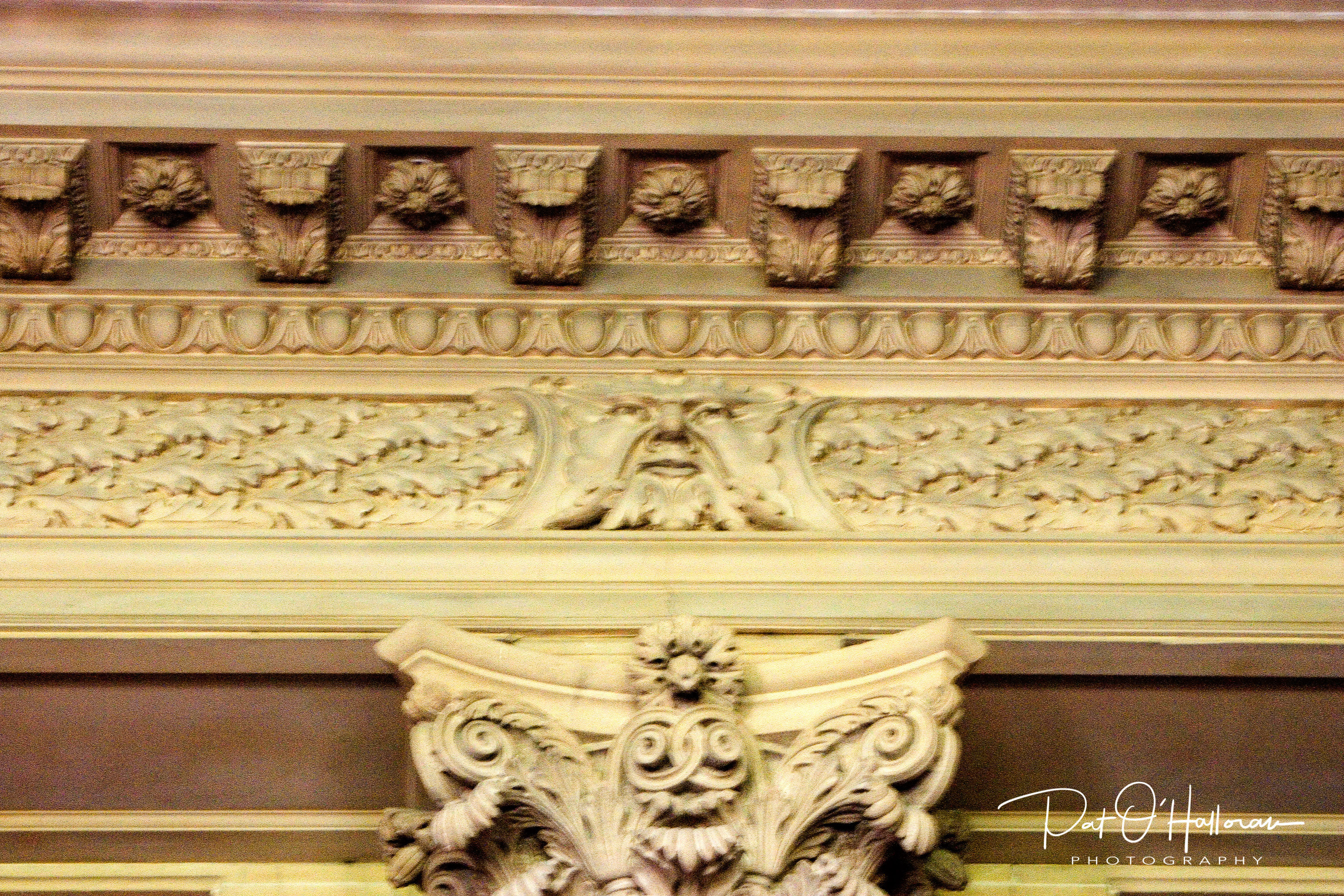
Here ends a quick tour of some of the Yorkshire green men. If you would like to see some more from my collection please visit my site here. As with the sheela-na-gigs I hope it inspires you to get out and search the churches and buildings of the country to find them for yourselves.
Sources
Basford, K, 1978, The Green Man
Harding, M, 1998, A Little Book of Green Men
Hicks, C, 2000, The Green Man: A Field Guide
Lady Raglan, 1939, The “Green Man” in Church Architecture, Folklore, 50:1, 45-57
Macdermott, M, 2003, Explore Green Men
Millar, R, 1997, The Green Man
